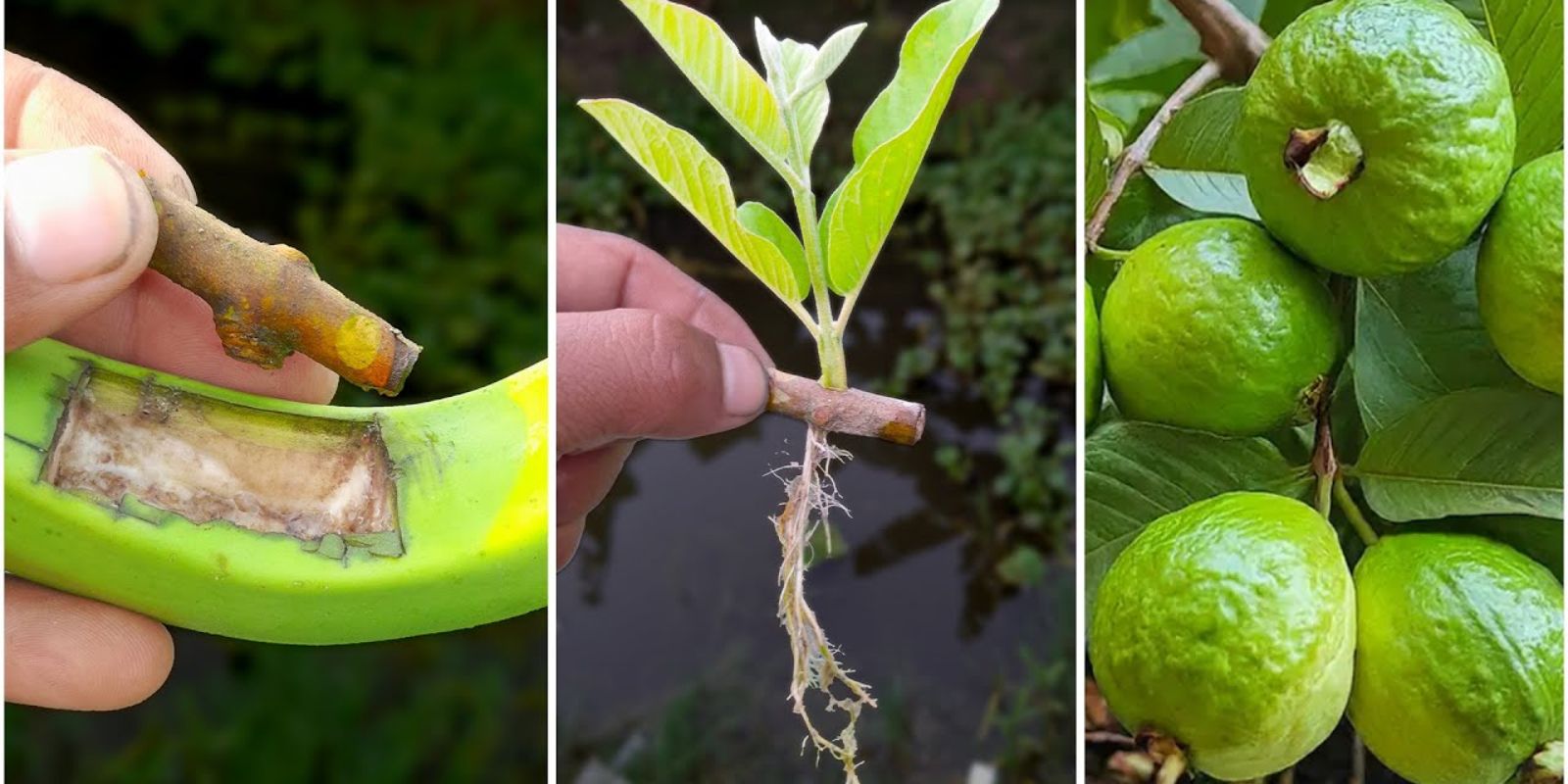Introduction
Hibiscus plants are admired worldwide for their large, colorful blooms and tropical appeal. Whether you grow them in your garden or in pots, providing the right fertilizer is essential for their health, vibrant flowers, and strong foliage. Without proper nutrition, hibiscus plants may produce fewer blooms, exhibit yellowing leaves, or grow weak stems. In this guide, we’ll explore the best fertilizers for hibiscus, how to use them, and tips for keeping your plant thriving year-round.
Understanding Hibiscus Nutritional Needs
Hibiscus plants require a balanced blend of macronutrients and micronutrients to thrive. The three main macronutrients in fertilizers are:
- Nitrogen (N): Encourages leafy green growth but should be balanced to avoid excessive foliage at the expense of flowers.
- Phosphorus (P): Supports root development and flower production.
- Potassium (K): Enhances overall plant health, disease resistance, and blooming potential.
Apart from these, hibiscus plants also need micronutrients like iron, magnesium, and calcium for proper growth and to prevent deficiencies.
Choosing the Best Fertilizer for Hibiscus
When selecting a fertilizer, you can choose from organic or synthetic options. Both have their advantages, and your choice depends on preference, availability, and plant needs.
1. Balanced or High-Potassium Fertilizer
A balanced fertilizer, such as 10-10-10, is good for general growth, but hibiscus thrives with a higher potassium mix like 10-4-12 or 17-5-24. This ensures vigorous blooms and strong stems.
2. Slow-Release Fertilizer
Slow-release fertilizers gradually supply nutrients over time, reducing the need for frequent feeding. Look for formulations specifically made for flowering plants to enhance hibiscus blooms.
3. Organic Fertilizers
Organic options enrich the soil while feeding the plant naturally. Some of the best organic fertilizers for hibiscus include:
- Compost: Provides essential nutrients and improves soil structure.
- Banana Peels: High in potassium, encouraging vibrant flowers.
- Fish Emulsion: A great source of nitrogen that supports lush green leaves.
- Epsom Salt: Supplies magnesium, which enhances flower color and leaf health.
4. Liquid Fertilizers
Liquid fertilizers are quickly absorbed by plants and work well for potted hibiscus. Use a water-soluble fertilizer with a higher potassium ratio, diluted to half strength, for best results.
How to Fertilize Hibiscus Plants Properly
To maximize your hibiscus plant’s growth and flowering potential, follow these steps:
- Apply Fertilizer Regularly – Feed every 2 weeks during the growing season (spring to fall).
- Use the Right Amount – Follow package instructions, as too much fertilizer can cause leaf burn or inhibit flowering.
- Water Before Fertilizing – Moist soil helps prevent root shock and improves nutrient absorption.
- Apply in the Morning or Evening – Avoid midday applications when the sun is strong, which can stress the plant.
- Stop Fertilizing in Winter – Reduce feeding in cold months when the plant enters dormancy (unless growing indoors).
Signs of Nutrient Deficiency in Hibiscus
If your hibiscus plant is struggling, it may show these signs of deficiencies:
- Yellowing Leaves – May indicate nitrogen or iron deficiency.
- Few or No Flowers – Lack of phosphorus or excessive nitrogen.
- Weak Growth – Low potassium levels or poor soil quality.
- Leaf Curling or Browning – Can result from micronutrient imbalances.
Address deficiencies by adjusting fertilizer application and ensuring well-draining soil.
Common Mistakes to Avoid
Even with the best fertilizer, mistakes in application can harm your hibiscus plants. Here are some pitfalls to avoid:
- Over-Fertilizing – Too much fertilizer can lead to excessive foliage and fewer flowers.
- Using the Wrong Fertilizer – High-nitrogen fertilizers encourage leaf growth but hinder blooming.
- Fertilizing Dry Soil – Always water the plant before applying fertilizer to prevent root damage.
- Ignoring Soil Quality – Healthy soil helps plants absorb nutrients better. Periodically enrich it with compost or organic matter.
Conclusion
Providing the best fertilizer for your hibiscus plant is key to maintaining its health, beauty, and continuous blooming. Whether you choose a balanced, high-potassium, organic, or liquid fertilizer, consistency is crucial. Regular feeding, proper watering, and avoiding common mistakes will help you achieve a thriving hibiscus garden.
🌺 Have you tried fertilizing your hibiscus? What works best for you? Share your tips below! 🌿👇
#HibiscusCare #GardeningTips #BloomBoost #OrganicFertilizer #FlowerPower #GardenLovers #GreenThumb

